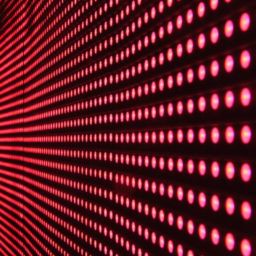
Benefits of Red Light Therapy for the Skin
Countless studies now demonstrate the benefits of LED red light therapy (also known as photobiomodulation or low-level laser therapy) for the skin. LED stands for “light-emitting diode”. Our LED products include both red (660nm) and near-infrared (850nm) wavelengths for optimal absorption and benefits. As these light waves are absorbed into the skin, they stimulate natural intracellular reactions which, in turn, can lead to a variety of health benefits.
When red light is applied to the body, the surrounding cells are able to absorb this light and receive certain benefits. At its root, red light increases the production of ATP (adenosine triphosphate) in the mitochondria of a cell. Mitochondria serve as the powerhouse of a cell, producing ATP (or cellular energy). As the energy inside a cell increases, so too does its ability to perform all its functions. Through a variety of mechanisms, red light therapy can dramatically improve the skin for just about anyone. Read below for all the benefits of red light therapy for skin health.
When it comes to the benefits of red light therapy for the skin, it can:
- Reduce fine lines and wrinkles
- Reduce scarring
- Reduce acne breakouts and scarring
- Reduce inflammation and puffiness
- Reduce psoriasis and eczema rashes
- Reduce rashes related to other atopic dermatitis
- Improve skin tone and complexion
- Tighten skin
- Reduce pore size
- Increase collagen production
- Heal sun damage, melasma
- Prevent or heal cold sores
How to treat the skin with red light therapy:
Our Travel Tabletop LED Red Light is perfect for treating the face and other targeted areas on the skin. We recommend placing the light within 6 inches of the treatment area. Select either a 15-minute, 20-minute, or 25-minute timer depending on the time you have. Treatments can be repeated up to three times daily. For best results, use the LED Red Light on the desired area at least once a day.






